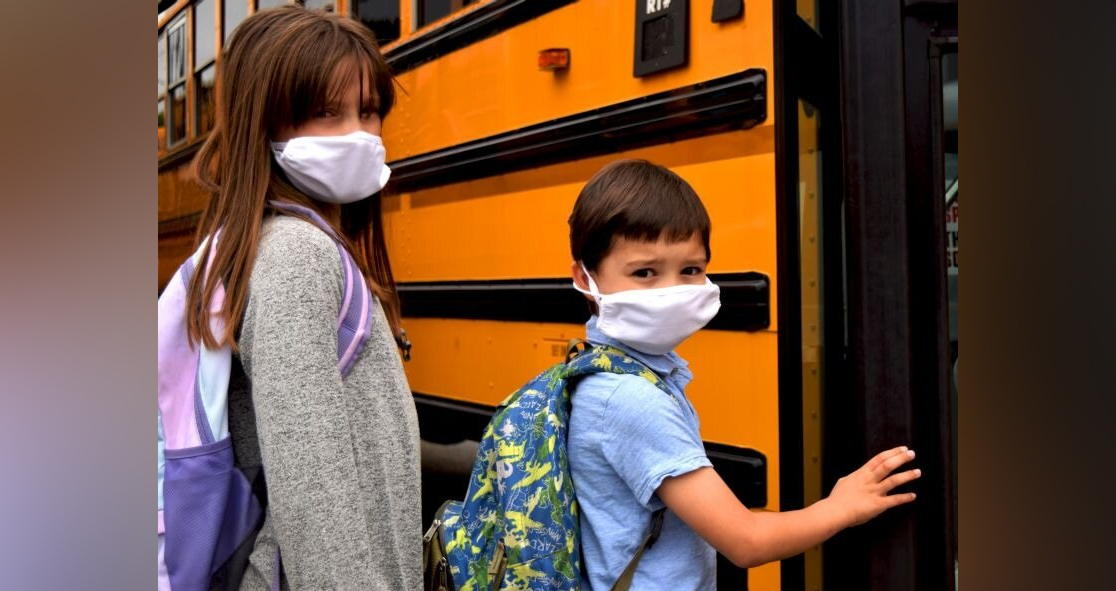A recent and a new population-based observational study found that school closures were profoundly associated with decreased incidence of coronavirus disease (COVID-19).
“School closures early in pandemic responses thwarted larger-scale investigations of schools as a source of community transmission,” researchers[KAS1] note in another study that assessed viral RNA levels in children and adults having COVID-19.
“Our analyses suggest that children younger than 5 years with mild to moderate COVID-19 have high amounts of SARS-CoV-2 viral RNA in their nasopharynx compared to older children and adults,” according to Dr. Taylor Heald-Sargent and colleagues.
Thus, young children can possibly contribute SARS-CoV-2 spread in the general population as in the case of a respiratory syncytial virus, where children with high viral loads are more prone to transmit.
“Efforts should be made to prevent the transmission as more knowledge is gained about this virus.”, said Heald-Sargent, pediatric infectious diseases specialist at Ann and Robert H. Lurie Children’s Hospital and assistant professor of pediatrics at Northwestern University Feinberg School of Medicine in Chicago, Illinois in a related news release.
In total, 145 patients with mild or moderate illness within one week of symptom onset were included in the study. SARS-CoV-2 viral load was measured on nasopharyngeal swabs collected at clinics, hospitals, emergency departments, or drive-through testing sites.
Behavioral habits of children and congested school quarters, as well as daycare settings that increase SARS-CoV-2 risk, are eased due to school closures.
Evaluating the effect of Closed Schools
School closure across 50 states in the USA was associated with relative reductions in COVID-19 incidence and mortality.
An interrupted time-series analysis was used to evaluate the effect of school closures. Investigators also included other state-level nonpharmaceutical interventions and variables in their regression models.
“School closure was associated with a −62% relative change in COVID-19 incidence per week. A decrease of 62% was equivalent to 39% of the projected value with schools open.”, Auger and colleagues report.
“Extrapolating the absolute differences of 423.9 cases and 12.6 deaths per 100,000 to 322.2 million residents nationwide suggests that school closure may have been associated with approximately 1.37 million fewer COVID-19 cases over a 26-day period and 40,600 fewer deaths over a 16-day period.”
Comparative decreases in incidence and mortality were the largest in states that closed schools during the lower spread of the disease.
Decisions with High Stakes
School closures were decreed in proximity along with other social distancing measures like nonessential business closures and stay-at-home orders, making it difficult to extricate the possible effect of an intervention.
Nonetheless, there is a strong connection between education, income, and life expectancy and therefore, school closures can negatively affect child health as schools provide meals and nutrition, health care including behavioral health supports, physical activity, social interaction, support for students with special education needs and disabilities, and other important resources for healthy development.
Every effort has been made to prioritize reopening with an emphasis on providing in-person instruction to kindergarten to grade five as well as students with special needs (in need of in-person instruction). For safe reopening, school districts are encouraged to ensure ventilation and air filtration, clean surfaces often, provide facilities for regular handwashing, and provide space for physical distancing.























